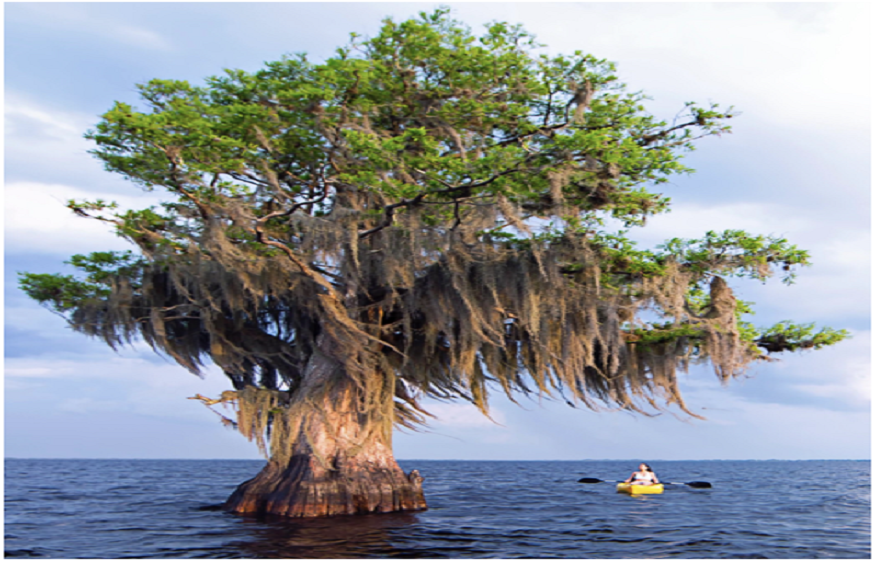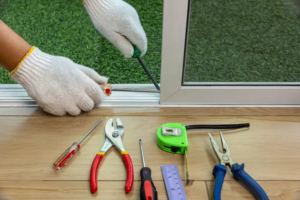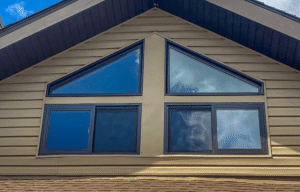Benefits of Planting Trees and Shrubs: Social, Environmental, and Economic Impact

In cities and communities, many trees and shrubs have been planted to provide shade or for aesthetic reasons. Planting trees and shrubs for shade or beauty is a great reason to do so. They can be used in other ways. When choosing a shrub or tree, it is helpful to consider these functions. Trees have many benefits that can be categorized into categories such as economic, social and communal, environmental and environmental.
Social benefits
The presence of trees in our daily lives makes us happier. The presence of trees has a greater impact on us than their beauty. We can feel calm, tranquil, relaxed and peaceful when we are in a grove of trees. We feel “at-home” there. In hospitals, patients have recovered faster when they can see trees from their room. The strong bond between trees and people is demonstrated by residents in communities who resist the removal of trees to make way for wider streets. We are also aware of the heroic efforts by individuals and groups in saving historic or large trees.
Due to their endurance and strength, trees have a cathedral like appearance. A living memorial is often created by planting trees because they have a long life expectancy. Our personal memories are often shaped by trees that we or our loved one planted.
Communal benefits
Despite being considered private property by many, trees can still be a part of a community because they are large. It is important to plan in advance if you wish to share your trees with neighbors. Trees are a beautiful and functional addition to any property, but they do not affect the neighbor’s rights.
Many city trees perform multiple engineering and architecture functions. They can be used to provide privacy, improve views, or block unwanted views. They reduce glare and reflection. They guide pedestrian traffic. They serve as a backdrop for architecture, and soften, enhance or complement it.
Environmental benefits
The trees can change the climate and air quality in our area, conserve water, and provide habitat for wildlife. By reducing the effects of wind, rain and sun on climate, you can control it. In summer, radiation from the sun can be absorbed or reflected by the leaves of deciduous tree and is filtered by the branches of deciduous tree in winter. We are cooler when we are in the shade of trees and not directly exposed to sunlight. We are most thankful for radiant heat in the winter. Planting small deciduous plants only on the southern side is therefore a good idea.
The trees can influence wind direction and speed. Windbreaks have a greater effect when the leaves of a tree, or group of trees, are more compact. The trees absorb or deflect rain, snow and hail that falls, protecting people, animals, buildings and property. Trees store and trap water. It reduces the risk of flooding and storm runoff.
Dew and frost on trees are less frequent at night because the soil is less radiant.
Near trees, the temperature is lower than far away. The cooling effect increases with the size of the tree. Planting trees can help reduce the heat islands caused by buildings and pavements.
The air quality can be improved by planting trees, shrubs or turf. The leaves remove dust and other particles from the air that we breathe. Rain washes away the pollutants. Carbon dioxide from the air is absorbed into the leaves, which creates carbohydrates that are vital for the structure of the plant. Leaves also absorb other air pollutants such as ozone and carbon monoxide. They then emit oxygen.
Planting trees and shrubs can help restore the natural environment. Birds and other wildlife are attracted to the area. You can see the natural cycle of plant growth, both above and below ground. Natural harmony is restored in the urban environment.
Economic Benefits
Each tree or shrub has a different value. The variety of species, sizes and conditions makes it hard to estimate their economic value. Trees provide both direct and indirect benefits. Direct economic benefits are often linked to energy costs. Air conditioning costs are lower in a house that is shaded by trees. Windbreaks can lower heating costs. Trees increase in value from the moment they’re planted. Trees are an excellent investment because landscaped homes are much more desirable than those that are not. The energy savings and increased property value directly benefit homeowners.
The indirect benefits of trees to your economy are even greater. All members of the community can benefit from these benefits. The electricity bill of customers is lower when the power companies use less cooling water, build fewer facilities for peak demand, burn less fossil fuels in furnaces and reduce air pollution. Communities can save money by reducing the number of stormwater management systems. Individuals may not see the savings, but they can amount to thousands of dollars for a community.
Investment in trees is required
Trees offer a variety of aesthetic and economic advantages, but they are not free. To get the most out of your trees, you need to invest. The most expensive part of the process is buying and planting trees and shrubs. The first few weeks of planting trees and shrubs will require watering. The cost of removing and disposing of trees, leaves, branches and whole trees can be high.
To maintain the trees and make them work well, they must be kept in good condition. A homeowner who is well-informed can accomplish a great deal. Corrective pruning and mulching can give trees a jump start. Shade trees can grow so large that arborists are needed. Arborists have the knowledge and equipment needed to maintain large trees. You can ask your local garden center owner, university agent or community forester to provide you with advice and recommendations on how to care for trees.
Alternatives to PHC
Maintaining mature landscapes can be challenging. Consider a professional plant care (PHC) or maintenance program. Many landscape companies offer this program. This program is designed to maintain plant health. It should include an initial inspection to identify any potential problems which could prove fatal or damage. To maintain plant health and beauty, regular inspections and preventative care are essential.
This post was written by Cody O’Connor, owner of Arbor Wise Professional Tree Care. Robert Miller is the owner of Arbor Wise Professional Tree Care, a locally owned and operatedtree service company that offers superb lawn care by the most experienced Arborists. Arbor Wise Tree Services is a tree removal company that offers stump removal, tree trimming clearwater fl, stump grinding, fertilization, and tree restoration. We have an extraordinary lawn care industry notoriety covering the Pinellas county area.






